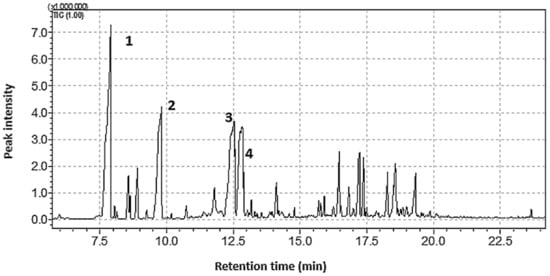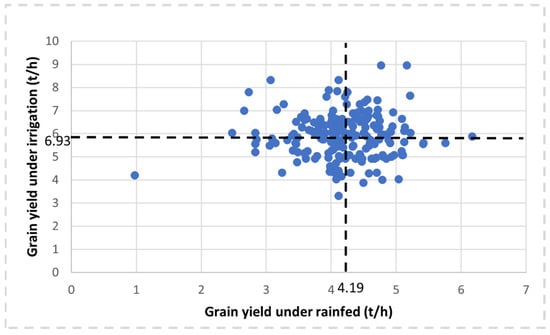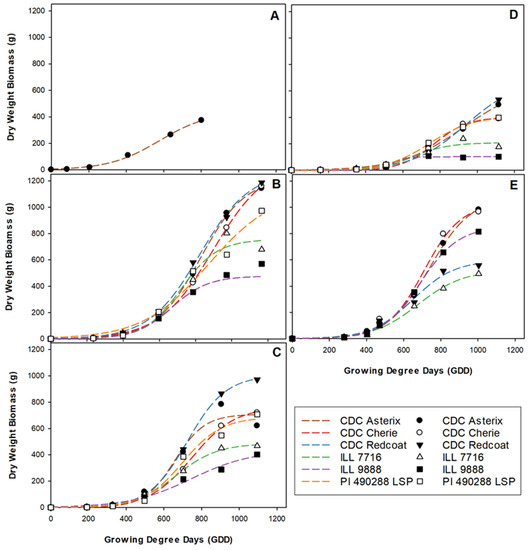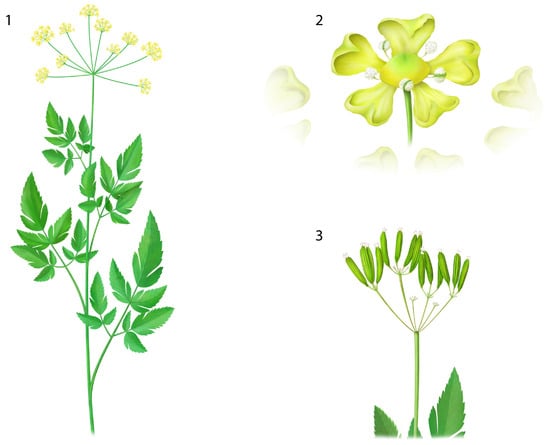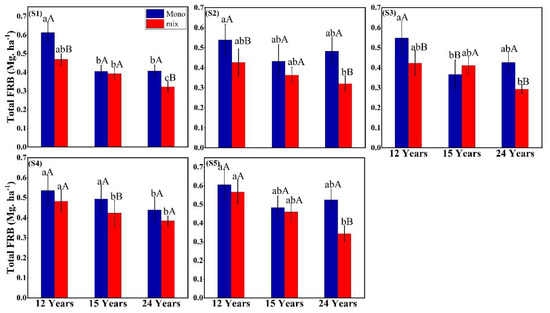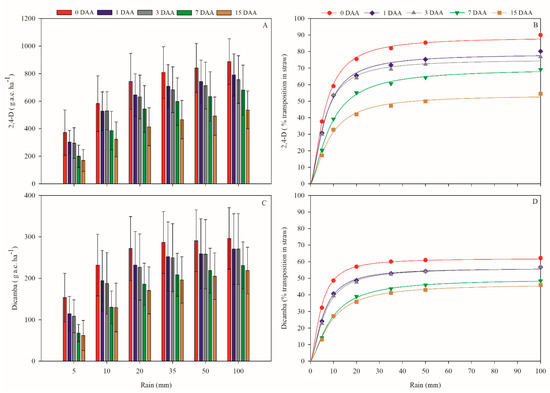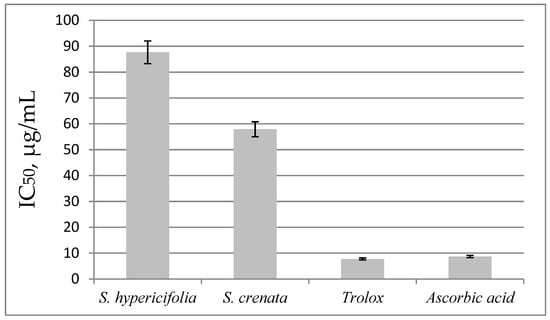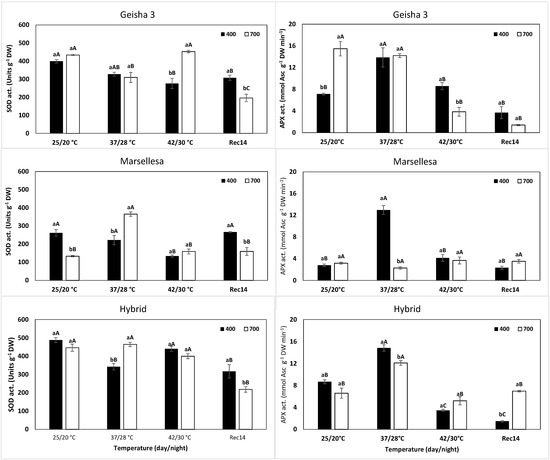Plants 2022, 11(20), 2749; https://doi.org/10.3390/plants11202749 - 17 Oct 2022
Cited by 4 | Viewed by 2674
Abstract
Essential oils are vital constituents of oil-bearing plants. However, their screening still demands harvesting of the plant for laboratory analysis. We report herein a simple, rapid and robust headspace bubble-in-drop microextraction screening technique (BID-SPME) requiring only small amounts of plant material. The optimised
[...] Read more.
Essential oils are vital constituents of oil-bearing plants. However, their screening still demands harvesting of the plant for laboratory analysis. We report herein a simple, rapid and robust headspace bubble-in-drop microextraction screening technique (BID-SPME) requiring only small amounts of plant material. The optimised method uses 0.5 g of the crushed plant leaves sample obtained in a 2 mL capped chromatography vial, heated to 55 °C and sampled with 2 µL heptadecane in a Hamilton gastight syringe equilibrated for 15 min exposed to the headspace volume. The method was applied to three plants, Pinus radiata, Tagetes minuta and Artemisia afra, which are known for their essential oil content. The method was able to extract at least 80% of the oil constituents in such abundance that they could be easily annotated using the gas chromatography–mass spectrometry (GC–MS) mass spectral libraries. The major volatile organic compounds (VOCs) detected included tagetone, terpinen-4-ol, ocimenone, caryophyllene, dihydrotagetone, terpinolene and artemisia ketone, just to mention a few, at different concentrations in different plants. Importantly, these annotated VOCs were also reported in other studies in the same and even different plants, extracted using normal steam distillation and importantly those reported in the literature for different extraction techniques.
Full article
(This article belongs to the Special Issue Essential Oils Extraction Methods, Chemistry and Bioactivities: New Insights and Findings)
►
Show Figures
